
Technology of the Future in Power Transmission: What is Superconductivity?
What is in this article?
Have you heard of superconductors before? Allowing electricity to be transmitted with zero loss under certain circumstances, these materials may plan a significant role in developing technologies that will shape the future of humanity.
Superconductivity and superconductors have the potential to help with health, transportation, power generation and new scientific discoveries, in particular to maximize energy efficiency.
Read our blog to find answers to your questions about what superconductivity is, why it is important and what its future looks like.
What is Superconductivity?
Superconductivity is a property where superconductive materials are cooled down to eliminate their electrical resistance and expel magnetic fields. A superconductor is cooled down to a value below its critical temperature, which is different for every material. This ensures that relevant electrical resistance can set to zero and current can pass through the material with zero loss and the material can expel the magnetic field to repulse the magnetic field applied to it.
If you are familiar with electrical terms, you should already know that materials that conduct electricity are called “conductors”. Elements such as gold and copper conduct electricity very well. However, there is a resistance applied to the electric current by these materials, and this resistance causes power loss. Especially in long distances, significant losses occur until the electric power generated reaches the user.
Superconductors that have no resistance to electric current at low temperatures conduct electricity with zero loss. That is why they are called superconductors. This type of materials are also diamagnetic and repelled by magnets.
Materials that become superconductive at extremely low temperature values are quite important for technological developments. Thanks to the fact that superconductors do not show resistance to the electricity passing through them, it is possible to transmit electricity with zero loss using these materials.
More efficient systems can be established to transmit and store the generated power. Another feature that makes superconductors so important is that high technology products such as maglev trains and MRI devices can be developed using the super-magnets manufactured using these materials.
The biggest obstacle to more common use of these materials is that the lowest temperatures must be maintained constantly. Scientists are conducting promising studies to create materials that demonstrate superconducting properties at room temperatures.
In order to better understand superconductors, it would be good to see how they are classified, where they are used and what their history is.
Superconductors are classified in different categories depending on their reaction to magnetic fields, critical temperature, material and operating theory.
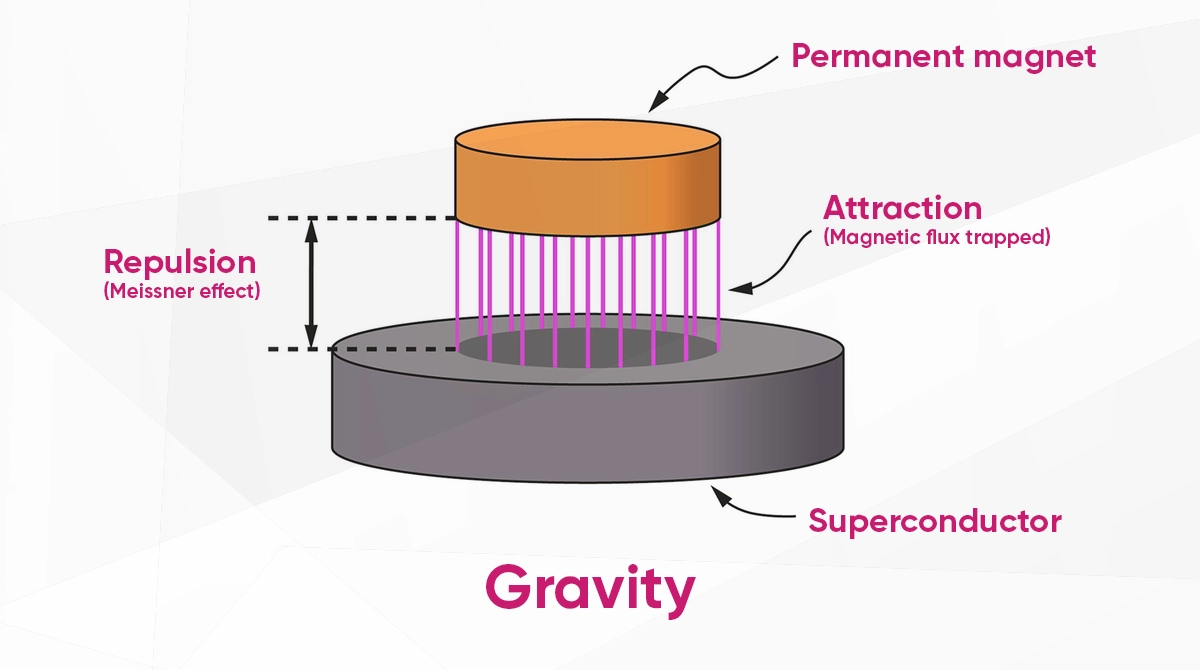
Superconductors Based On Their Reaction to Magnetic Fields
Superconductivity both means perfect conductivity with zero resistance and vanishing of the magnetic field. This superconductivity situation can vanish due to an increase in temperature or an externally applied magnetic field.
Type 1 superconductors can only maintain superconductivity against weak magnetic fields. Type 2 superconductors, on the other hand, can demonstrate a certain level of tolerance against the impact of a magnetic field on its surface, which means it can maintain superconductivity against a higher magnetic field effect.
Since Type 2 superconductors preserve their superconductivity in high magnetic fields, they are used in magnets found in particle accelerators.
Superconductors Based On Critical Temperatures
Critical temperature is the temperature level at which a material/substance reaches superconductivity. For classification purposes, materials becoming superconductive at temperatures of 80 K (-193 C) and above are called high temperature superconductors. If lower values are needed, they are classified as low temperature superconductors.
Another classification criterion is that if cooling with liquid nitrogen is enough for the material to become superconductive, that material is called a high temperature material; if lower temperatures are needed, that material is called a low temperature superconductor. The measurement value here is the boiling point of nitrogen, which is -195.8°C, i.e. 77 Kelvin. Liquid nitrogen is below this temperature and acts as a very good coolant.
Superconductors Based On Material
Based on the structure, superconductors are classified as chemical elements, alloys, ceramics, iron-based superconductors and organic conductors.
Examples include chemical elements like mercury and lead; alloys like niobium-titanium and germanium-niobium; ceramics like magnesium diboride and YBCO; iron-based superconductors like fluorine-doped LaOFeAs; and organic superconductors like fullerenes and carbon nanotubes.
Superconductors Based On Operating Theory
Microscopic behavior of superconductors are explained in the BCS theory, which is named after John Bardeen, Leon N. Cooper and Robert Schrieffer, the scientists who developed this theory.
Developed in 1957 and got a Nobel Prize in Physics in 1972, the BCS Theory states that electrons moving in a sufficiently cooled material will form Cooper pairs and move that way. Thus, when a voltage is applied to the superconductor, it can transmit the electric current without encountering any resistance.
When the voltage applied is removed, these electrons will keep moving. As the material heats up, this situation will vanish and electrons will become individual units. However, while some superconductors comply with the BCS theory some do not. Those complying with the BCS theory are classified as known superconductors while whose not complying with it are classified as unknown or unconventional superconductors.
Although the BCS theory was initially sufficient to explain the low temperature superconductors, it is not sufficient to explain the low temperature superconductors discovered in the subsequent years.
How Does Superconductivity Happens?
Before we describe how superconductivity happens, it is best to state that not every material/substance possesses superconductive properties. Electrical resistance of materials reduces significantly at low temperatures but it does not drop to zero. However, when the value drops below the critical temperature value, which is the characteristic for superconductors, the material can no longer show resistance to electricity. Materials that have become superconductive also prevents magnetic fields to pass through them.
Superconductors lose superconductivity when they reach a level above their critical temperatures or when a high magnetic field is applied externally. Therefore, these factors must be kept under control.
Uses of Superconductivity
Uses of superconductors have been increasing as new materials that become superconductors at higher temperatures are discovered. The most common uses of these materials are in maglev trains, MRI devices, the Large Hadron Collider, maglev wind turbines and magnetic storage systems.
-
Maglev Trains
In maglev trains, i.e. magnetic levitation trains, the train is lift above the rails through two magnets repelling each other. When the contact between the train and the rails is discontinued, the friction vanishes and the train can accelerate as much as a plane.
Extremely strong electromagnets located under the train and on the rails repel each other, ensuring that the train is lift above the rails at a certain distance. Superconductors are used to form these highly strong electromagnets, ensuring that the system benefits from the superconductive magnets generated.
The first useable commercial maglev train, which is an area where Germany and Japan have made great progress, was commissioned in 2003 in China between Shanghai and the Pudong Airport. The obligation to lay special railways for maglev trains is one of the biggest obstacles to use these systems more commonly. We must also say that maglev trains and high-speed rails were developed on different technologies.
-
MRI Devices
Magnetic resonance imaging devices are one of the devices where superconductors are used and that are most commonly utilized. Rather than the Earth’s magnetic field of 0.5, a magnetic field that is approximately 25,000 times higher is used instead of radiation in MRI devices.
This extremely magnetic field helps stimulate the protons in the nucleus of the hydrogen atoms found in the body and images are generated digitally with the help of receivers. Superconductive magnets are used to generate the high magnetic fields, which constitute the basic operating principle of MRI devices.
-
Large Hadron Collider
The (Large Hadron Collider, LHC) built by the (Large Hadron Collider, LHC) (CERN) is the most powerful and largest particle collider in the world. Considered the world’s largest machine, the Large Hadron Collider comprises a tunnel equipped with superconductive magnets of 27 km long.
-
Maglev Wind Turbines
Wind turbines need strong winds to generate energy in an efficient manner. Maglev Wind Turbines with vertical turbines is a technology based on releasing the turbines from friction using the maglev effect and ensuring that they rotate at high speeds with the help of low-speed winds.
Use of superconductors in wind turbines is not common yet but it is an area of use that would offer many advantages. Also, using superconducting generators in wind turbines would significantly reduce building and production costs as they are lighter in weight and cover a smaller area.
-
Magnetic Energy Storage
The Superconducting Magnetic Energy Storage (SMES) technology comprises of systems that were developed using superconductor and that allows large amounts of energy to be stored for long times.
The most important problem to be solved for the SMES to be used more commonly is that manufacture of superconductive materials is expensive and liquid nitrogen or liquid helium is required to constantly keep low temperatures.

Challenges in Superconductivity
The biggest challenge in superconductivity is the need for low temperatures. Temperatures close to absolute zero are required for the superconducting properties of materials to come out.
Even the required temperature value of materials classified as high-temperature superconductors reached 203 Kelvin, i.e. -70.13°C in the studies carried out by German scientists in 2003. Furthermore, high pressure is required for this condition to arise.
The biggest goal of scientists in the area of superconductivity is to eliminate these challenges by creating superconducting materials at room temperature or more accessible temperatures and under a normal pressure level.
Discovery and History of Superconductivity
James Dewar carried out the first studies to show electrical resistance of materials drop at low temperatures. At the end of 1880s, Karol Olszewski and Zygmunt Florenty Wroblewsk found that low temperatures reduce the resistance of copper during their experiments where they reached temperatures below 100°C in their oxygen, nitrogen and carbon monoxide liquefaction studies, and they highlighted the phenomenon that electrical resistance drops at low temperatures.
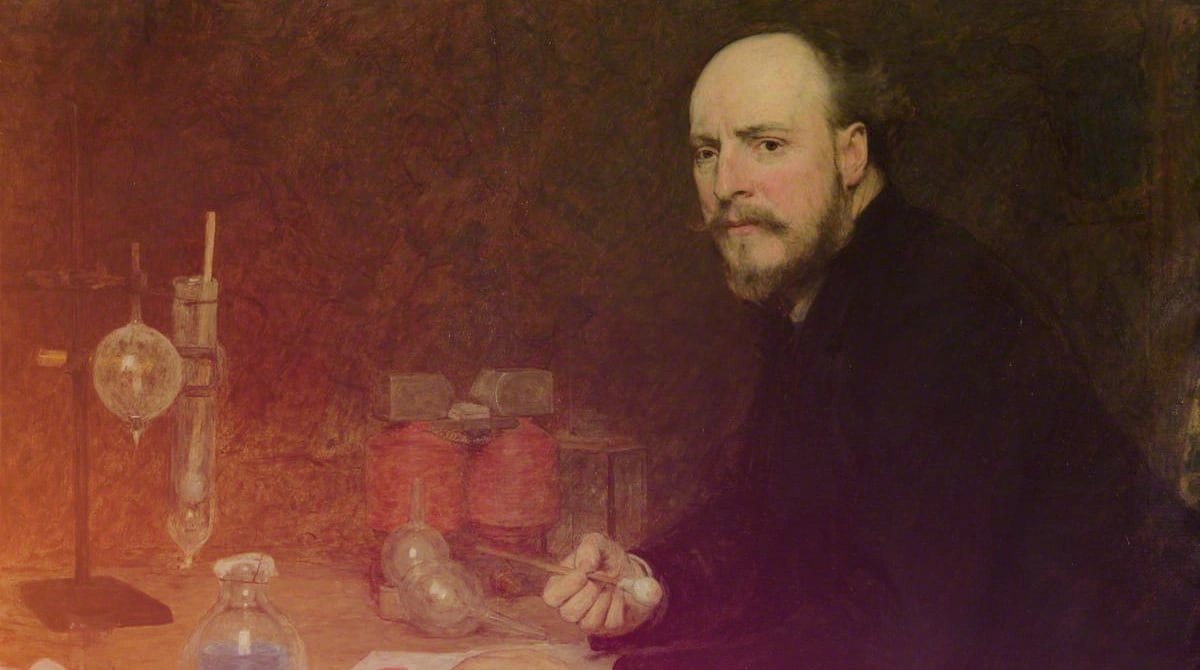
In their studies, James Dewar and John Ambose Fleming predicted that pure metals are perfect conductors at absolute zero. However, later on, Dewar added that resistance did not completely vanish.
In another study, Walther Hermann Nernst, who developed the third law of thermodynamics, stated that absolute zero was impossible to reach. These ideas suggested by scientists eliminated the possibility to create conditions under which electrical resistance could drop to zero.
Nevertheless, in another study carried out in the same period, Carl von Linde and William Hampson developed a successful method to liquify gases. This study helped obtain the low temperatures required for the superconductors discovery Onnes did in 1911.
In 1908, the Dutch physicists conducted some studies at the University of Netherlands, which resulted in obtaining liquified helium using the Linde machine. Boiling point of liquid helium at the atmospheric pressure is 4.2 K (-269°C). Obtaining a liquid at these temperatures supported his subsequent studies.
Onnes obtaining liquid helium made it possible for him to reach cryogenic temperatures in studies he conducted on the decrease of resistance at low temperatures. Onnes initially used gold and platinum in his studies on lowering resistance at low temperatures but subsequently he decided to use mercury.
As a result of his studies, Onnes showed that the electrical resistance of mercury vanished at a temperature of 4.19 K. He called this phenomenon supraconductivity, which he subsequently used as superconductivity. Onnes won a Nobel Prize in Physics in 1913 thanks to this study.
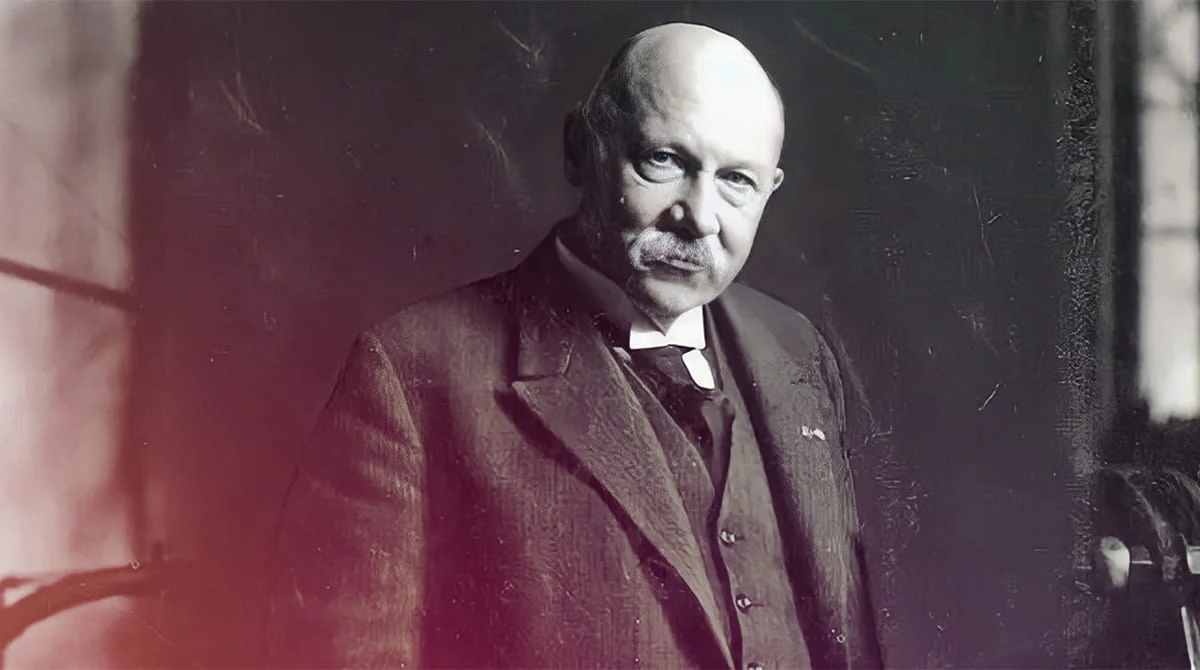
Continuing to work on superconductors, Onnes discovered that the current he supplied to a superconductor ring preserved its presence with no decrease in time without needing any power supply. After said studies carried out by Onnes, who pioneered a new age in the science world, scientists focused on studies on superconductors. In the subsequent years, it was discovered that lead became a superconductor at 17 K and niobium at 16 K.
The next important step for superconductors was the discovery in 1933 by Walther Meissner and Robert Ochsenfeld regarding the fact that superconductors repel out the magnetic fields applied on them. In this phenomenon called the Meissner Effect, superconducting materials do not show any electrical resistance and do not allow a magnetic field to pass through them.
In the subsequent years, scientists carried out studies on the microscopic theory of superconductivity to identify what causes superconductivity. In 1957, John Bardeen, Leon N. Cooper and Robert Schrieffer presented a complete microscopic theory for superconductivity, which is called the BSC Theory, the initials of the last names of these scientists.
Studies aimed at benefiting from superconductors in daily life were also started by Onnes. Onnes could not make a complete accomplishment trying to product electromagnets equipped with superconducting windings. In 1955, George Yntema managed to produce successful electromagnets using niobium wire windings. In the 1960s, the companies Westinghouse Electric Corporation and Wah Chang Corporation started to manufacture niobium-titanium supermagnets commercially.
A great interest still shown in superconductivity and supermagnets, for which different scientists won the Nobel Prize in Physics 6 times (1913, 1972, 1973, 1987, 2003, 2016) with studies carried out on this subject.
What Can We Expect In the Future?
The main goal of scientists working on superconductivity is to get materials demonstrating superconducting properties at room temperature. If materials are obtained that demonstrate superconducting behavior at room temperature or more easily reachable temperatures, this discovery will completely change the future of humanity.
The elimination of the loss of energy will allow us to use the generated energy with full efficiency, especially the energy obtained from renewable energy sources, and to increase energy efficiency. What is more is that it will be possible to manufacture electronic devices that work faster and to manufacture and use more commonly the devices where superconductors are already used at lower costs.
 Regarding studies conduced on superconductors at room temperature, a group of Korean scientists recently shared some exciting findings with the rest of the world.
Regarding studies conduced on superconductors at room temperature, a group of Korean scientists recently shared some exciting findings with the rest of the world.
Dr. Sukbae Lee and Dr. Ji-Hoon Kim from the Korea Institute of Science and Technology claim that the material called LK-99 demonstrates superconducting behavior below 400 Kelvin, i.e 127°C.
Although LK-99, with a chemical composition comprising of lead (Pb), copper (Cu), phosphorus (P) and oxygen (O), got the science world excited, it is yet early to be happy for the alleged discovery as the accuracy of it has not been accepted yet and contradictory results have been obtained in independent studies performed.
The requirement for low temperatures is the biggest obstacle to use superconductors for energy efficiency and to manufacture strong magnets. When this obstacle is overcome, humanity will make a significant progress in numerous areas, in particular energy, transportation and communication.
What areas do you think we could benefit from common use of superconductors? Please share your opinions on superconductors and modern physics in the comments.

 Online Services
Online Services Application Inquiry
Application Inquiry Pay Assurance Fee
Pay Assurance Fee Query Installation Number
Query Installation Number Compensation Fee Inquiry
Compensation Fee Inquiry Automatic Payment Order Inquiry
Automatic Payment Order Inquiry Partnership
Partnership





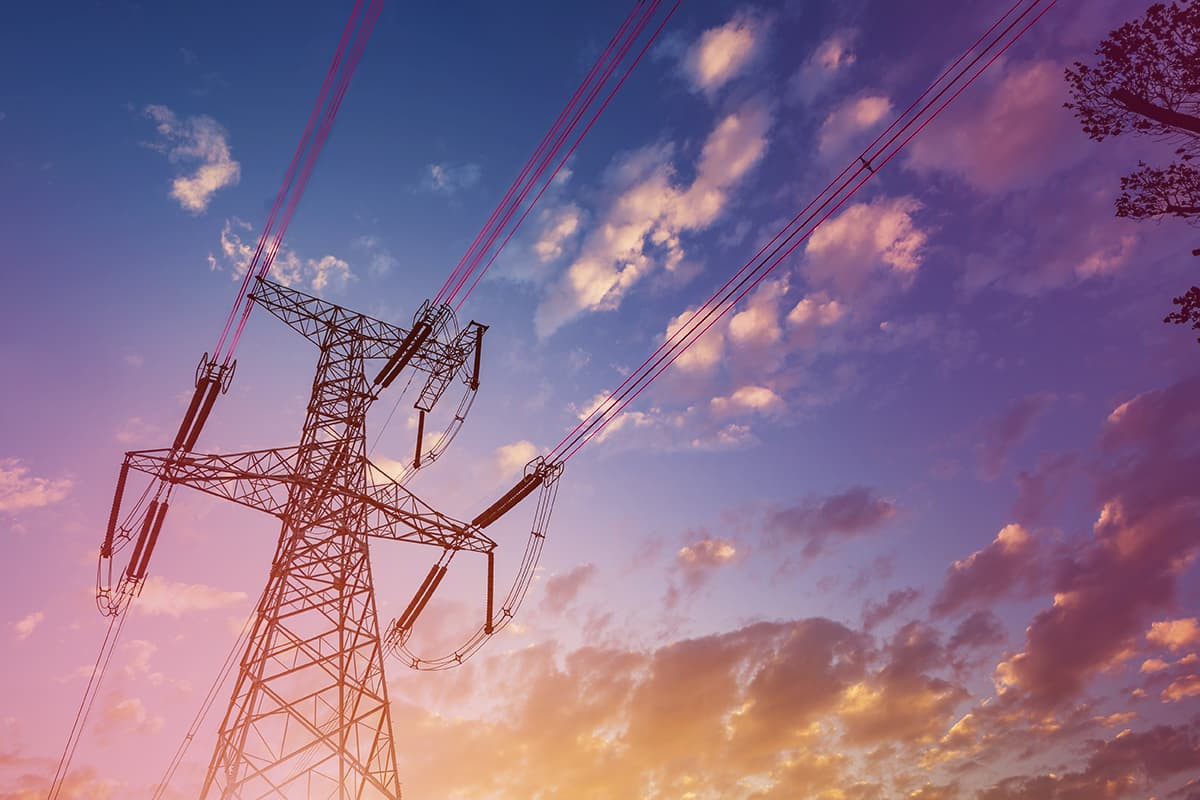
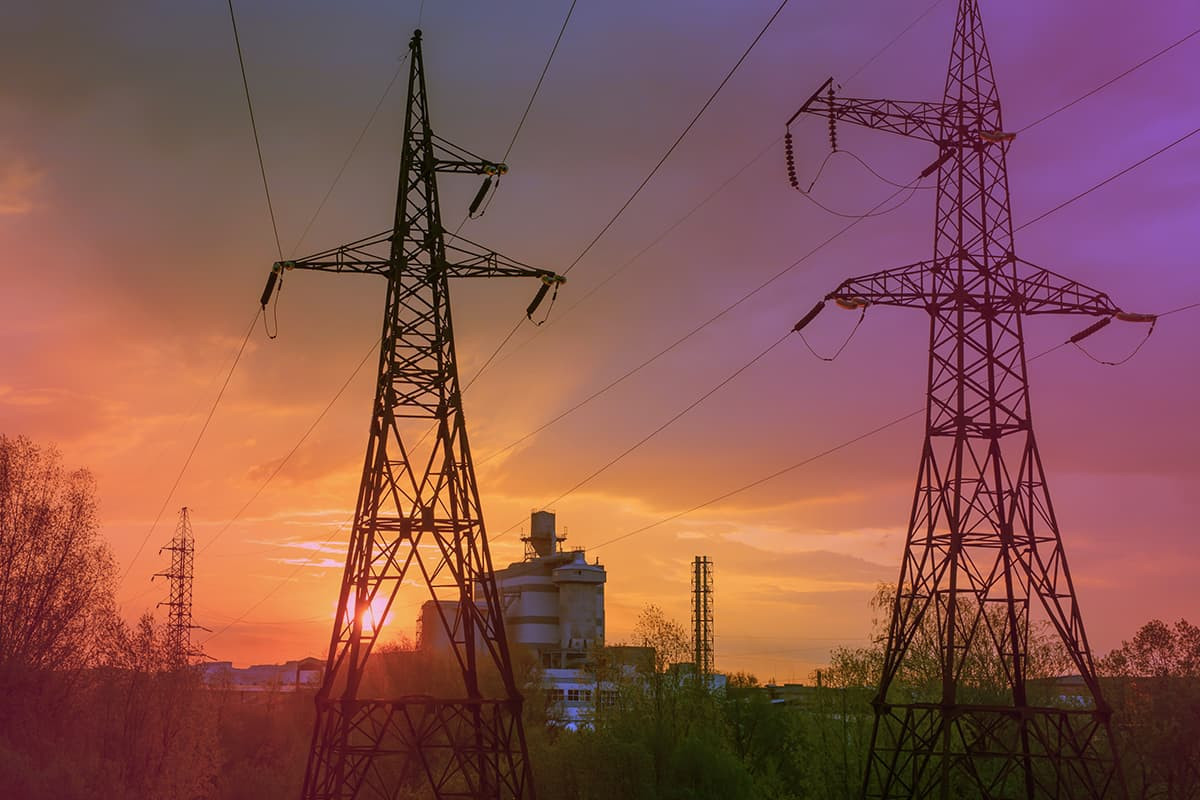
Leave a Comment